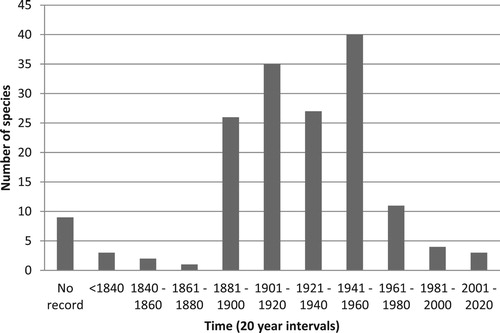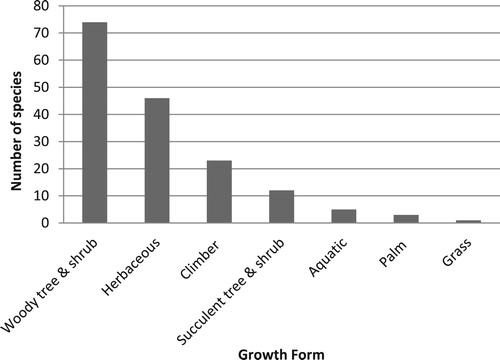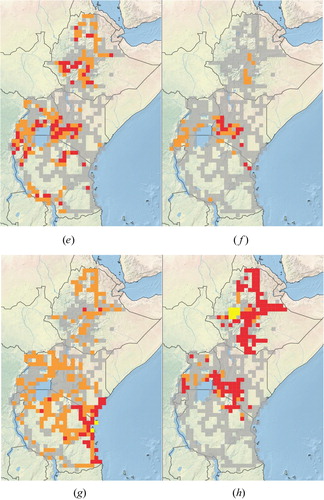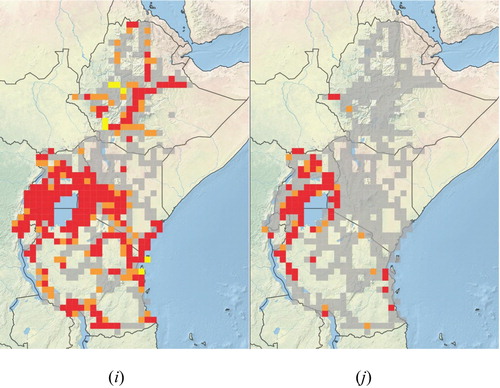Figures & data
Figure 1. Location of five countries in East Africa in which surveys were undertaken to record the presence of alien plant species.
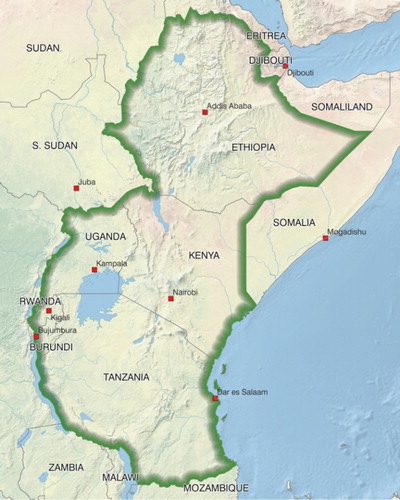
Figure 2. Grid cells (approximately 55 km × 55 km) within five countries in East Africa that were surveyed for the presence of alien plant species between 2008 and 2016.
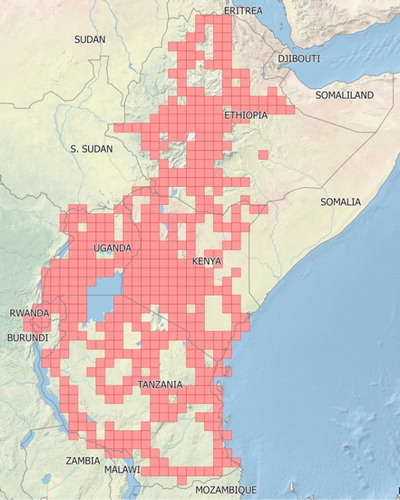
Table 1. The total number of grid cells (approximately 55 km × 55 km) in five eastern African countries, and the number of grid cells included in surveys of invasive alien plant species.
Table 2. Invasive species with an uncertain or disputed origin1 and problematic native species2 (sometimes referred to as extra-limital or range extension species) in Ethiopia (ET), Kenya (KE), Rwanda (RW), Tanzania (TZ) and Uganda (UG), with brief notes on habitat types invaded (Fo, forest; Sa, savanna; Gr, grassland; Tr, transformed; Rr, road/railside; Ha, around habitation; Pl, plantation; Ar, arable/ploughed land; Pa, pastoral; Ws, wasteland; Wc, watercourse; Wt, wetland; Dr, dryland/well drained; Kl, kloof/ravine; Ro, rocky site), and impacts. A full set of references to accounts of impact are contained in Witt and Luke (Citation2017).
Figure 4. Date of first records of introduced plant species now considered to be invasive in eastern Africa.
